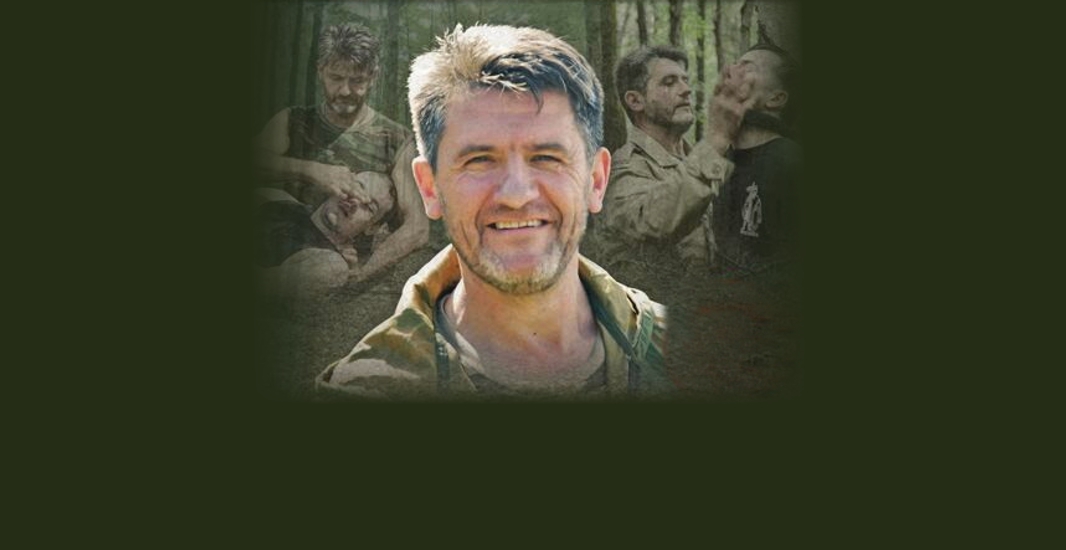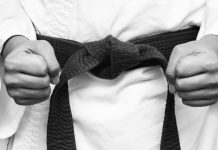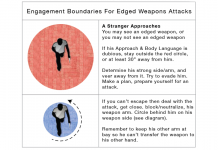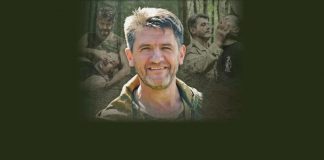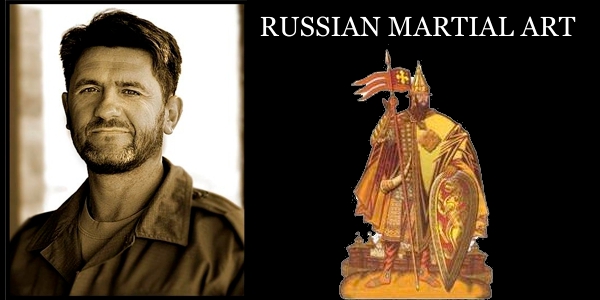 As we know, stress leads to tension in our body. When someone approaches us, we experience displeasure from the possible intrusion of our body space or our zone of safety. We may sense danger or just general discomfort. In essence, all these feelings are really fear.
As we know, stress leads to tension in our body. When someone approaches us, we experience displeasure from the possible intrusion of our body space or our zone of safety. We may sense danger or just general discomfort. In essence, all these feelings are really fear.
Fear always leads to tension. Fear is physically perceived not in the head but in the body, usually in the area of the chest or stomach, and that is where the tension arises and spreads through the rest of the body.
The problem with tension is that it interferes with all movements. The interference takes place to various degrees – from making the movements slightly imprecise up to total freezing. At its highest level tension becomes panic.
In the very general terms, we can classify panic reactions into two categories:
1) freezing, or being completely unable to move
2) fright escape: this is not a functional escape that allows you to survive, but escaping while out of control, in an animalistic way, such as a terrified crowd running out of a burning building and stepping on individuals that have fallen to the ground
There are numerous ways to overcome fear and tension. We will be covering that in much depth at the upcoming SUMMIT OF MASTERS. Here are just a few drills you can practice. Please follow these 5 drills in the sequence suggested and repeat each one several times until you get the feel of control.
STARTING POSITION FOR ALL THE DRILLS:
Stand far away from your partner – far enough to feel absolutely comfortable, without any feeling of apprehension or slightest discomfort.
DRILL 1 – General Tension
As you are standing in place, your partner begins to approach you. As soon as you start feeling any discomfort, tense up your whole body and then relax. As you are relaxing move away from the line of attack. If time permits tense up and relax a few times before you move.
This practice prepares you physically by quickly and evenly raising your muscle tone, blood pressure and pulse to the level required for a possible action. On the other hand, you are tensing up consciously in a controlled manner, and thus you are not allowing the unconscious tension to build up. By creating strong muscle tension and then immediately relaxing it, you are not letting the smaller stress-related tension enter your body and your mind. This is very general and ‘crude’ body control, but it is the first step to controlling yourself and your fear.
DRILL 2 – Partial Tension
From the same starting position, your partner approaches you and as soon as you feel discomfort you tense up and relax only the body areas that you will be using for your defensive move. For example, if you are planning to deliver a kick, tense and relax your leg; if you are going to strike, tense and relax your arm; if you intend to run away, tense and relax both legs; if you are going to receive a punch to the stomach, tense up and relax your stomach. Thus you are preparing for effective actions.
You may also tense up and relax only the body part in which you feel your fear. You will notice that these areas will be different for various people and various situations, and your goal is to reveal to yourself where they are and make sure they do not interfere with your movements.
This drill allows you to develop a higher degree of control over your reactions.
DRILL 3 – General Tension with Breathing
Now as your partner approaches, at the moment you feel discomfort, you breathe in through the nose and let your breath tense up your whole body. Then exhale though your mouth and relax.
Inhalation is the phase of breathing that requires some physical effort, so it is fairly easy to ‘drag’ the tension into your body as you take in the air. Exhalation is the relaxing phase of breathing, and it is very natural to relax your muscles as you let the air out.
DRILL 4 – Partial Tension with Breathing
As in Drill 2, your partner approaches, inhale through the nose while tensing up the body part you are planning to use or the body area where you feel discomfort. Then exhale through your mouth and relax that area.
DRILL 5 – Breathing Only
Once you are able to achieve control with breathing and physical tension, you will be able to progress to using your breathing only to control the unwanted tension and discomfort. Your partner approaches you and at the moment where you sense any stress, breathe in through your nose and out through the mouth reducing the unwanted tension with every breath that you take. Adjust the speed of your breathing to the requirements of the situation.
Breathing breaks up the following vicious cycle of panic:
Perceived Threat – Fear – Tension – More Fear – More Tension . . Panic
and allows you to control your inner condition and react to the stressful factors in a very efficient way.
You can make these drills more advanced and complicated by:
- Adding 2 or 3 partners
- Having one or more partners approach you from various directions (you will notice that when your partner approaches you from the side as opposed to from the front, your fear/tension will be less intense because you are focusing on him less)
- Making your partners approach in a more unpredictable way (as when he does not follow a straight line). Unpredictable actions are especially fearful because there is an added fear of missing the optimal moment to act.
You may practice these skills, not necessarily at a training facility, but in any real life setting that is relatively dangerous such as a bar.
Conscious tensing of the body and proper breathing do not allow fear to penetrate your mind; they block the images of fear.
When practicing all these drills, keep your actions subtle, so that your partner does not notice you tensing up various body parts or notice you changing your breathing. This will be very useful in a real confrontation since the attacker will perceive you as being calm. By sensing that you are ready for action, your attacker’s aggression will dissipate.
This article was published on May 26, 2006.

